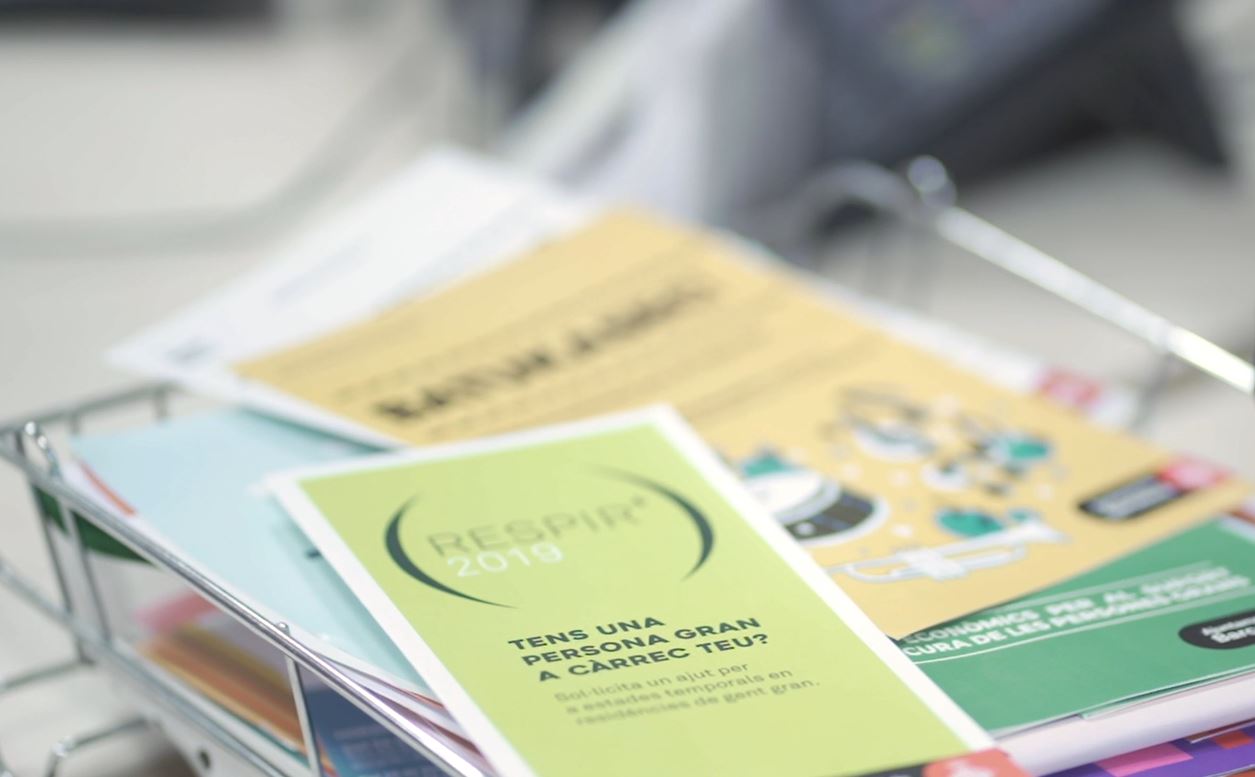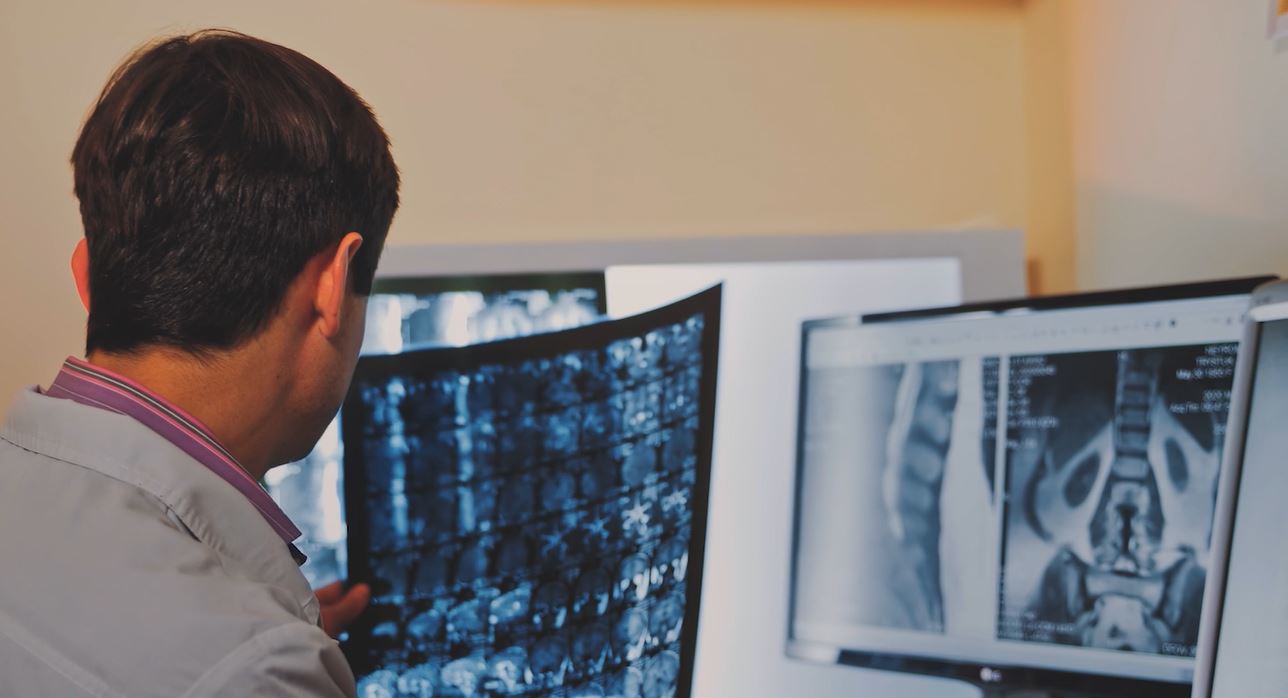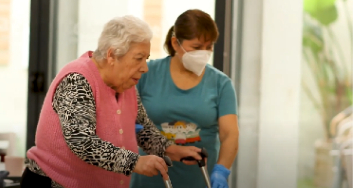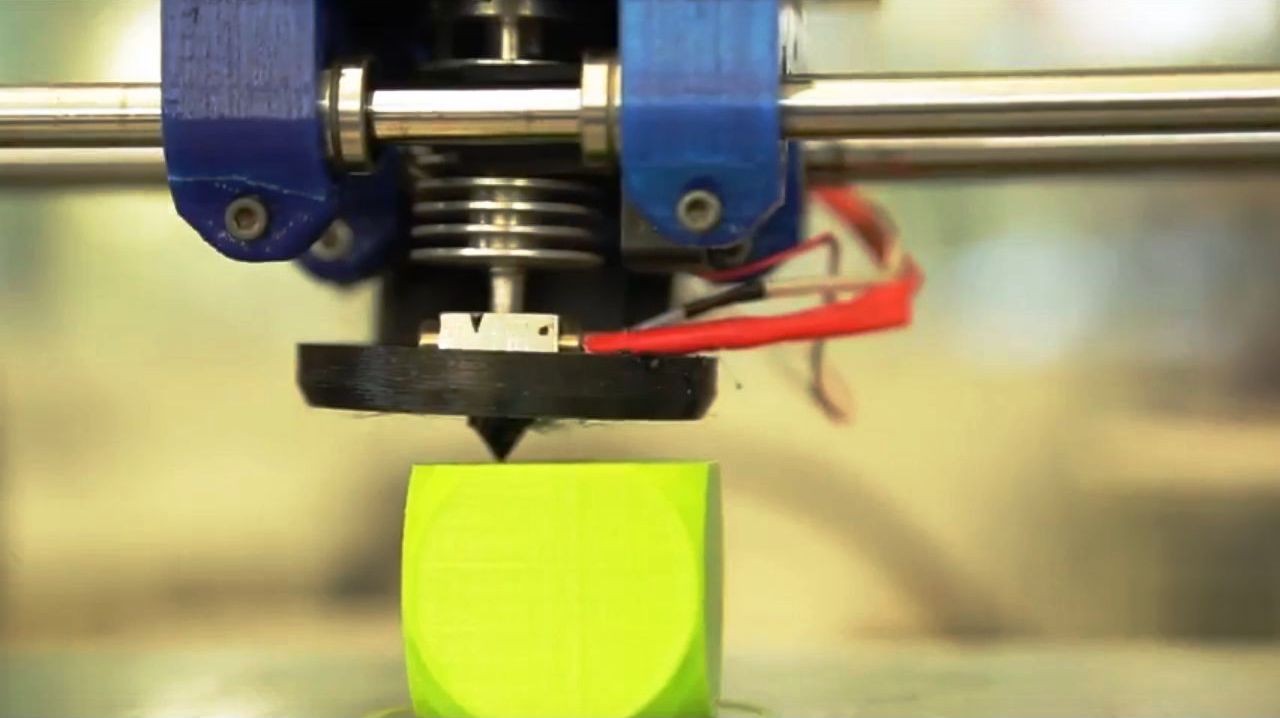
Anatomical pathology technician
Get to know this occupation
Other denominations
Anatomical pathology and cytology technician
Description
Anatomical pathology technicians are responsible for carrying out autopsies and processing biopsies and cytological studies, within their area. Interpret and approve technical results to be used in support of clinical or medico-legal diagnosis. Organise and schedule work, complying with service quality and resource optimisation criteria, with the appropaite supervision.
Tasks
- Organise and manage, within their remit, the tasks assigned to the anatomical pathology unit or department.
Organise, develop and manage patient charts, bearing in mind the different care needs and level of documentation in use.
Manage the maintenance plan for the equipment and machinery in the service or ward.
Plan and manage the storage, restocking and acquisition of instruments and material.
Build up, develop and maintain good relationships with current and potential patients/clients.
Handle, at user level, computerised patient databases and obtain activity reports and summaries.
Interpret scientifico-technical information (test and quality processes, procedure and equipment manuals) and adapt procedures.
Produce oral or written information that ensure work is carried out to the established standards and optimising allotted resources.
Schedule the work of the service or ward and plan, assign and delegate tasks, equipment, resources or deadlines, within their area of authority. - Perform clinical or medicolegal autopsies under the supervision of the physician.
Identify and record data related to the body, in line with established protocols.
Perform clinical autopsies, in line with established protocols and the indications of the forensic pathologist.
Assist forensic pathologists with macroscopic studies of organs and entrails as part of the autopsy, required for histopathological, immunohistochemical and ultrastructural analysis.
Identify and preserve necropsy pieces and transfer these to the anatomical pathology laboratory, in line with established protocols. - Process necropsy, surgical and clinical biopsy pieces, ensuring they are ready so that the anatomical pathologist can perform tests.
Help the pathologist to select the sections to be cut off the pieces.
Identify and distribute sections in order to carry out histopathological, immunohistochemical or ultrascultural analyses, in line with established protocols.
Carry out processes relating to the fixation and embedding of sections, in order to obtain slides that are suitable for histopathological or immunohistochemical analyses.
Harden and slice the sections, using a suitable microtome and obtaining slices of sufficient quality.
Stain, mount on a slide and ensure the quality of the samples obtained.
Process the pieces properly in order to obtain slides suitable for microscopic examination, in line with established protocols.
Assist the pathologist with the microscopic and ultrastructural examination of slides and with drawing up and issuing reports. - Select and perform a cytological diagnosis, under the supervision of the physician.
Using the samples received, carry out necessary cell extensions and, where necessary, perform a cell count, in line with established protocols.
Process smears (microscopic slides), in line with established protocols.
Attempt to perform a functional diagnosis and identify particular pathologies, within reasonable margins of error. - Capture photographic images of the pieces and slides at the macroscopic, microscopic and ultra microscopic level.
Prepare photographic material and equipment in line with the service's imaging protocols.
Take photographs and microphotographs of macroscopic pices and microscopic and ultramicroscopic slides, depending on the nature of the images required.
Process photographic emulsions in the service's photographic laboratory and, where necessary, send these to an external photographic laboratory, in line with the service's protocol.
Record and file negatives, images and slides, according to the codes allocated and the service's organisational criteria.










 | Catalan | Beginner
| Catalan | Beginner | Catalan | Advanced
| Catalan | Advanced
 Open
Open | English | Beginner
| English | Beginner







